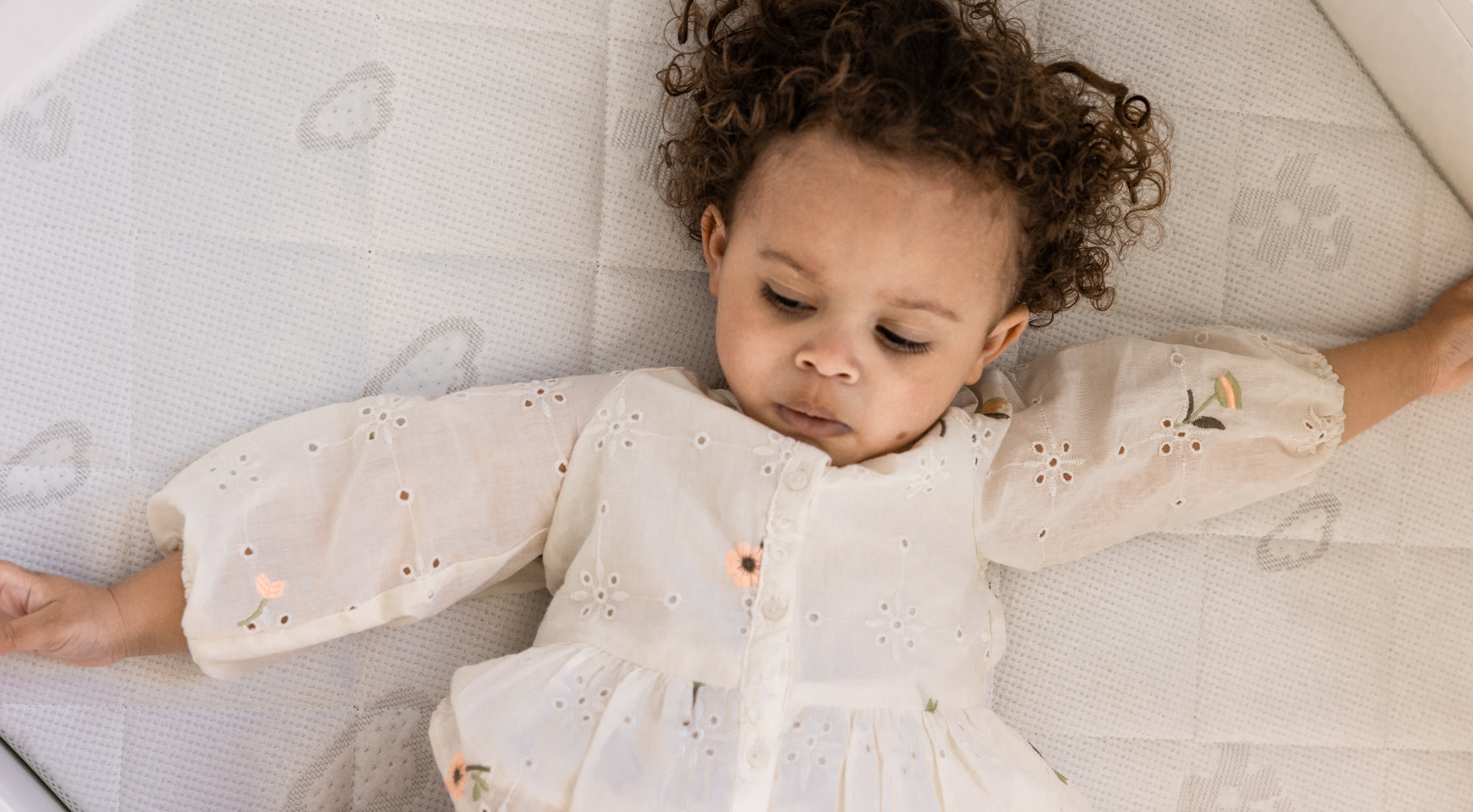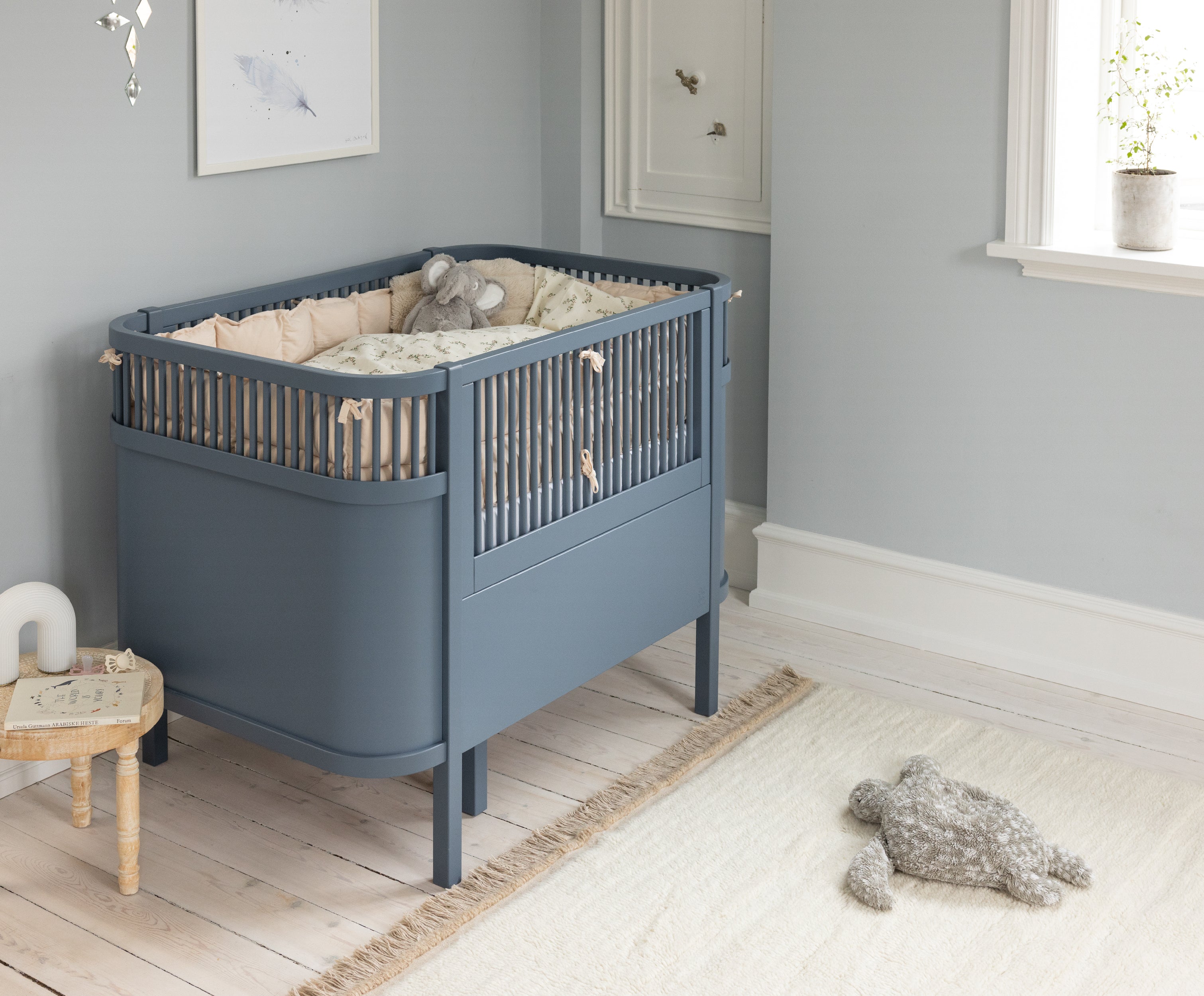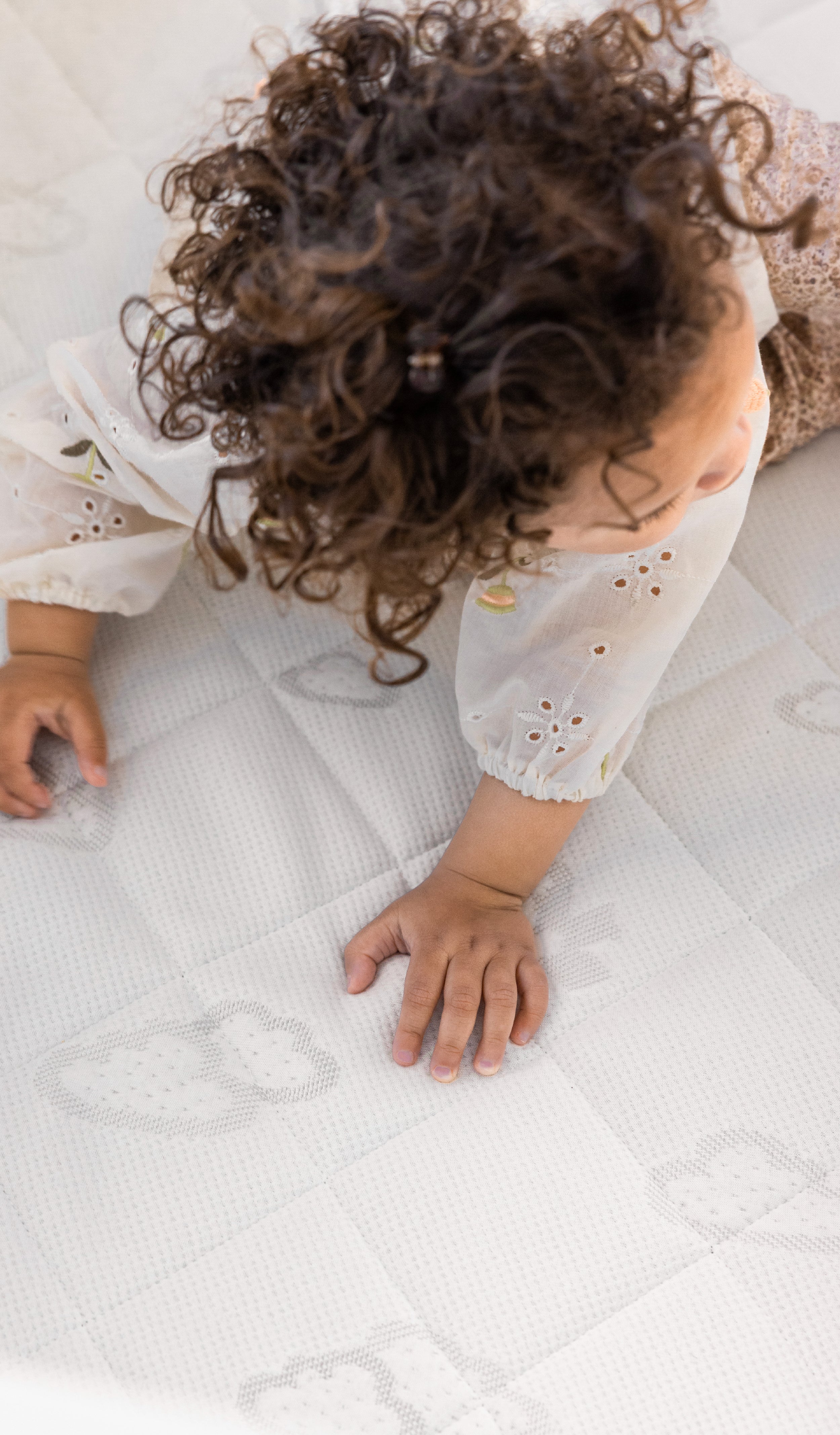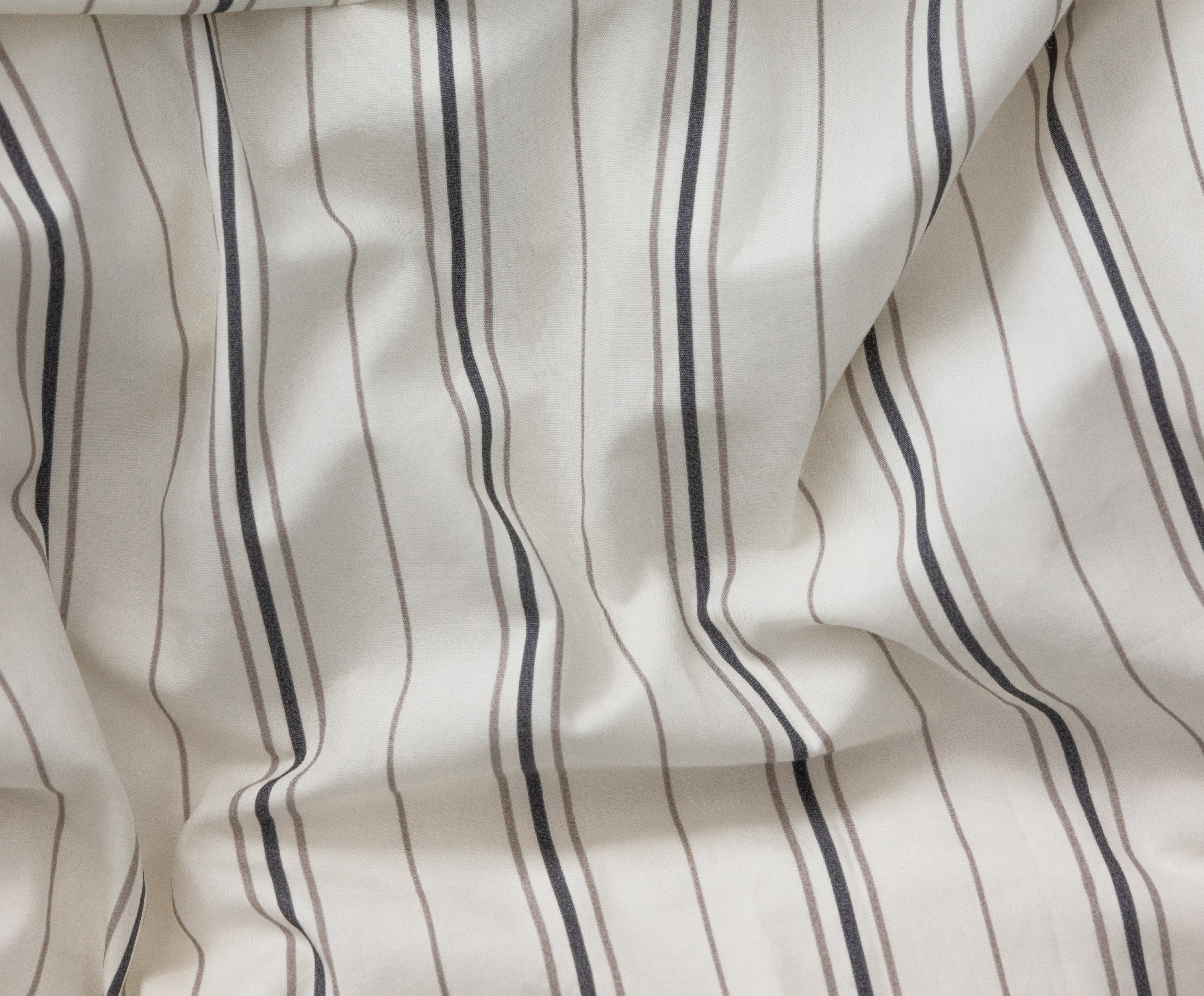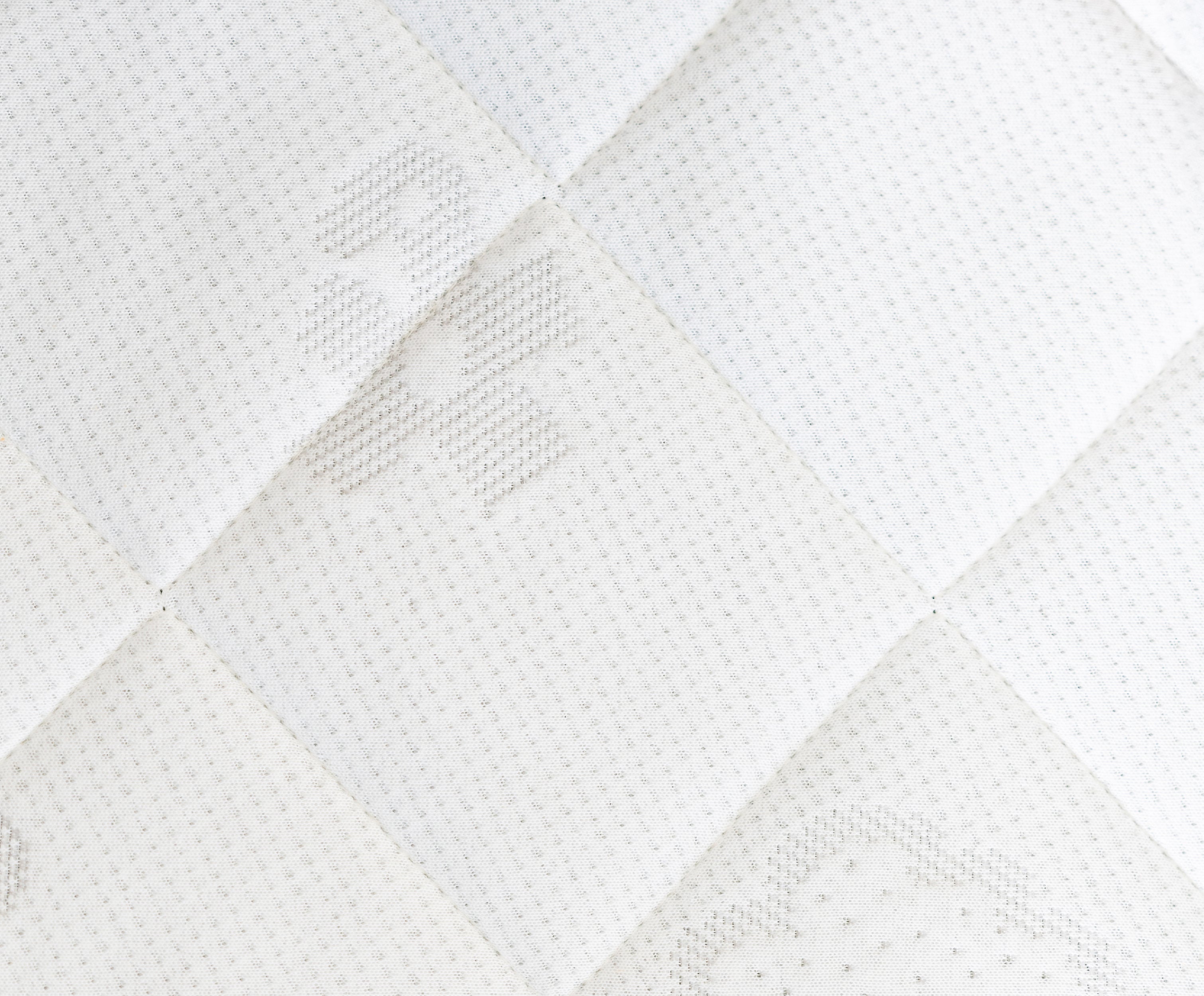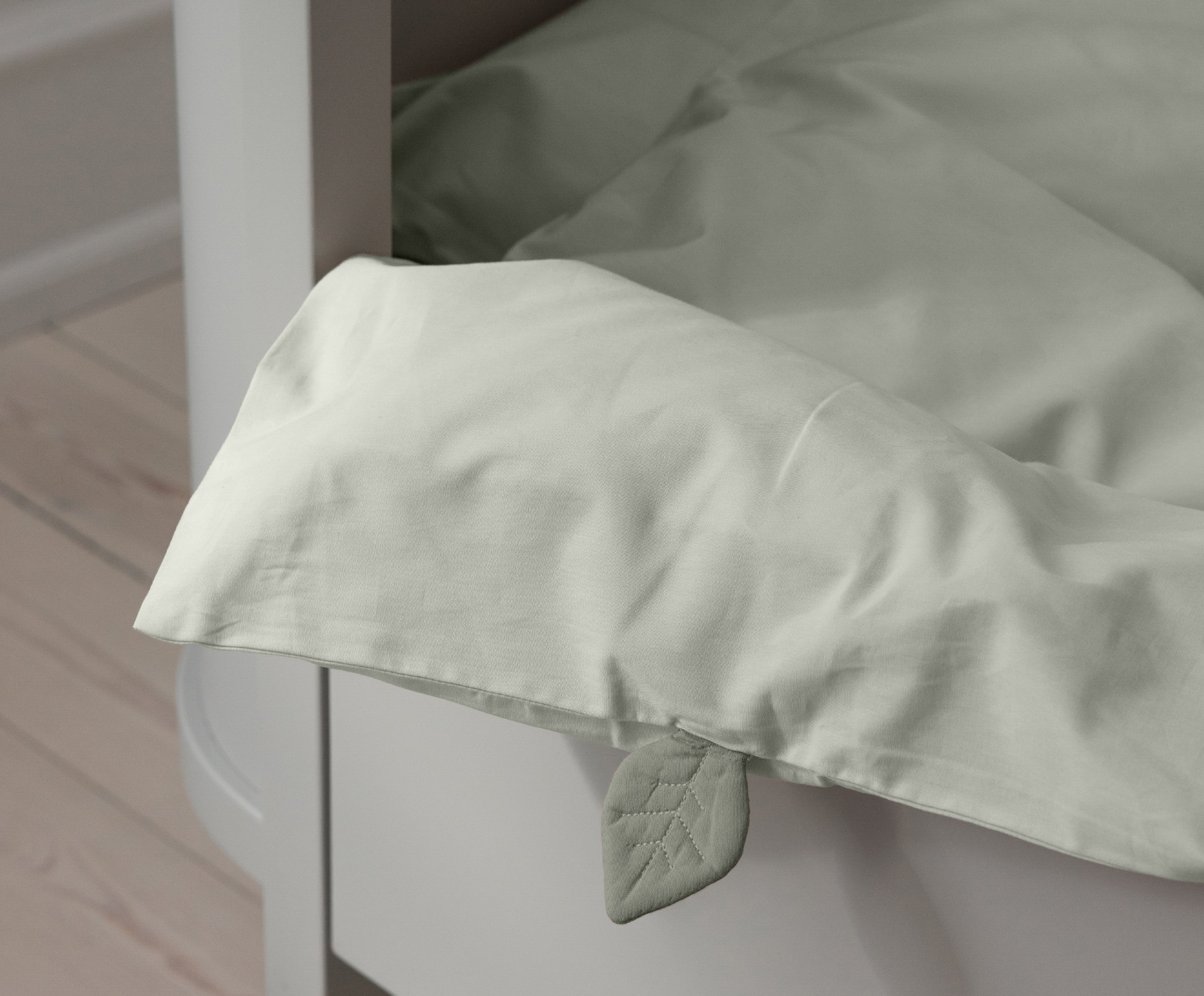Which mattress is best for babies and toddlers?
There are many types of mattresses for babies and young children. When choosing a mattress for your child, we recommend looking for the following:
Firmness and support
The mattress should be firm enough to support the child’s spine, neck, and head properly – without being too hard. Mattresses that are too soft can increase the risk of the child sinking into the surface, which is associated with a higher risk of sudden unexpected infant death. This is also in line with recommendations from health authorities.
Practical features make a big difference
Ventilation and temperature regulation
A mattress with good airflow reduces the risk of overheating and helps wick away moisture – which is especially important for small children who cannot yet regulate their body temperature effectively.
Removable and washable cover
Babies and toddlers spill, sweat, and have accidents. A washable cover is therefore not just a practical detail – it’s an essential part of maintaining mattress hygiene.
Durable mattress with the right fit
Durability without compromise
A mattress should retain its shape and function even as the child grows. However, it’s important that mattresses are not passed down – more on that below.
The mattress and bed must be the same size
Before purchasing a crib or mattress, make sure the two fit together exactly. The mattress should fill the base of the bed without gaps. A properly fitting mattress minimizes the risk of the child getting arms, legs, or their head stuck – helping to create a safer sleep environment.



